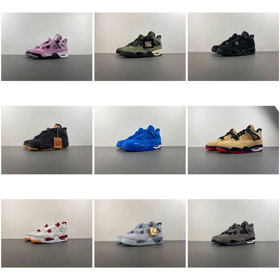How to Use Shopping Spreadsheets for Precision Marketing in Reverse Purchasing Platforms
Reverse purchasing platforms have emerged as powerful tools for global shoppers, enabling them to buy international products with ease. However, to maximize marketing efforts on these platforms, leveraging data-driven strategies—particularly through shopping spreadsheets—becomes essential for targeted outreach, optimized budget allocation, and enhanced user acquisition.
1. Targeting the Right Audience with Data Insights
Identifying the ideal customer segment is the first step to crafting effective campaigns. Matching the shopping spreadsheet's data (demographics, preferences, past purchases) against the characteristics of users on platforms like Superbuy, Pandabuy, or Wegobuy allows marketers to:
- Segment potential buyers:
- Identify trending items:
- Analyze regional demand:
- Identify trending items:
A spreadsheet filtering U.S. shoppers who frequently buy Japanese skincare could trigger a targeted campaign via platform ads or influencers.
2. Optimizing Promotion Channels
Not all reverse purchasing sites attract identical audiences. Spreadsheet data on channel performance should guide strategy:
| Platform | Best Performing Format | Budget Weighting Suggestion |
|---|---|---|
| Superbuy | Coupons + Tutorial Blogs | 30% (loyalty-focused buyers) |
| Pandabuy | Reddit/Weibo Bulk-Deal Posts | 40% (price-sensitive groups) |
| Buyandship | Facebook Community Engagement | 20% (social trust-driven) |
3. Dynamic Budget Allocation via Spreadsheet Tracking
Allocate budgets adaptively by monitoring KPIs in real-time:
- ROI per platform:
- Seasonal adjustments:
- A/B test funding:
- Seasonal adjustments:
4. Enhanced Engagement with Personalization
Use spreadsheet variables (e.g., cart abandonment items) to automate tailored outreach:
Automated Email Example:
"Hi [Name], your left-behind [item] is now 10% off! Many [Country] buyers paired it with [related product]."
5. Measuring & Iterating for Long-Term Growth
Critical metrics beyond Clicks/Conversions:
- User retention rate post-first purchase in 90 days
- Average order value by promotion source
- Spreadsheet-generated heatmaps of peak browsing times
Key Takeaway:



















